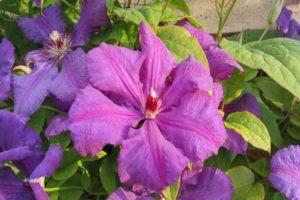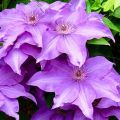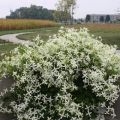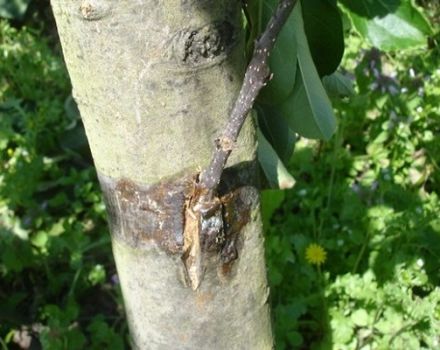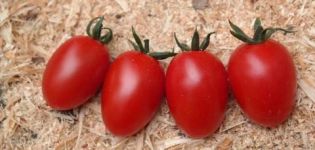Rules for planting and growing clematis Tangut, the nuances of care
Clematis are liana-type shrubs. Florists speak of them as special cultures. Clematis decorate gazebos, verandas, hedges, help decorate the space of the garden area. Tangut clematis have become especially popular due to their ability to bloom again. In addition, the appearance of this variety is of interest. Opened and unopened buds are located on one liana at the same time.
Description and features
Clematis Tangut is a hybrid variety obtained by crossing wild species. The homeland of the tanguic is Central or Asia Minor, the beginning of cultivation dates back to 1890. In appearance, it repeats the features of the classic clematis vines, but has its own special features:
- Bushes. Wild species stretch up to 30 centimeters, cultivated vines grow up to 3 meters.
- Leaves. Most often they take a semi-oval shape, the color of the leaf plates is light green.
- Flowers. They are similar in shape to bell-shaped inflorescences, the shade of the petals can be light yellow or dark yellow, almost orange, it depends on the variety. The diameter of the flower is from 4 to 7 centimeters.
Bell-shaped inflorescences consist of 4 petals, droop down when in full bloom. The flowering of clematis is long, it blooms in early summer and blooms for 2 months. With proper care in regions with a warm climate, it can bloom again.
Repairability is not manifested in all varieties. Vines, the height of which exceeds 1.5 meters, are prone to it. After the fallen petals fall off, the seeds fluff up white shoots, which makes them look like flowers of an unusual shape.
Growing
Perennial clematis is grown in accordance with the basic requirements. An important condition is timely pruning according to the scheme of the third group. For abundant flowering of clematis, additional supports and the right choice of place when planting are important.
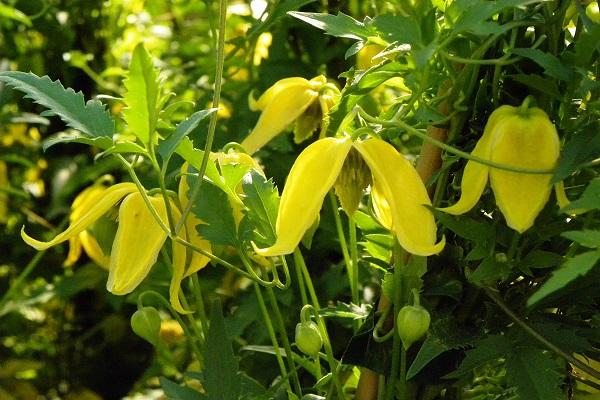
Timing
For growing crops, the seedling method is used. The seeds are sown so that the seedlings are 45 to 60 days old by the time they are planted on open ground. Usually seedlings are sown in mid-March. They are planted in a permanent place when the soil warms up to +15 degrees, the exact timing depends on the climatic conditions of the region.
Selection and preparation of planting material
For planting, use self-collected seeds or materials purchased in the store. For clematis, planting material is prepared in an unusual way. The seeds are spread over the peat surface, sprinkled with the top layer and removed to the lower shelf of the refrigerator for 3 months.
By the beginning of March, the seeds are taken out and they begin to prepare for planting. They are soaked, disinfected and sown. Seedlings are planted when the soil warms up and the roots reach a length of at least 10 centimeters.
When buying ready-made seedlings, pay attention to the root system; it must be dry, intact and developed.
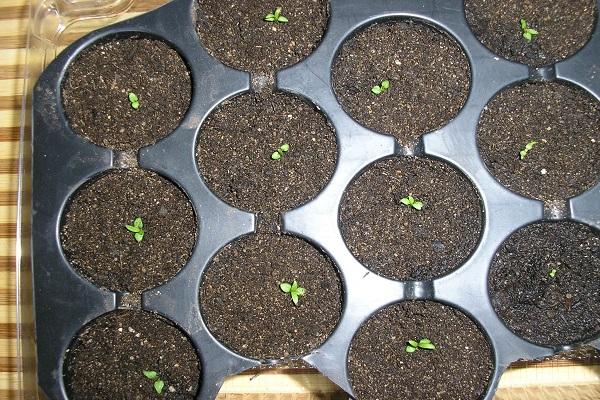
Site requirements
The further development of the perennial depends on the choice of location. It must meet several requirements:
- open, lighted areas with access to sunlight;
- lowlands with high groundwater flow are excluded;
- lack of through winds;
- can be placed near or around thick-stemmed trees.
It is important for clematis to receive sunlight for 6 hours daily. In shaded areas, flowers can react with smaller buds.
Soil selection and preparation
Clematis grows in fertile soil saturated with air. Before planting, the soil is dug up, adding organic complexes. In addition, a dense drainage layer is required for the roots of the vine. Expanded clay, vermiculite are suitable for this.
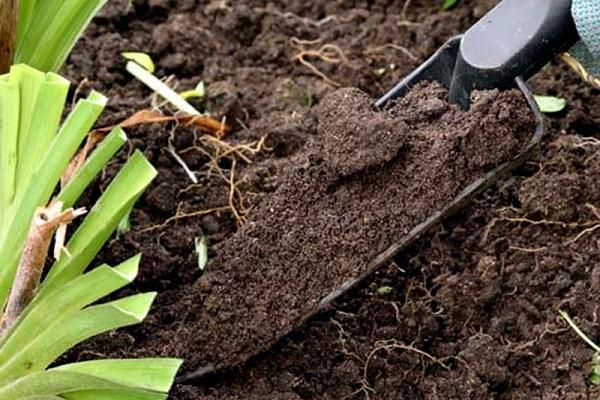
Landing scheme
Clematis are usually planted along hedges or to decorate gazebos. Then a distance of about 1.2-1.5 meters is left between the bushes, for the growth of vines.
Advice! A hole for the bush is dug taking into account the placement of the drainage layer.
Care rules
After planting in the soil, the young plant must be carefully observed. If one of the conditions for leaving the vines are not observed, they begin to wither, they stretch poorly.
Watering
Tangut clematis does not tolerate drought. Weekly watering is considered mandatory. When hot days come, the amount of watering is doubled.
The drainage layer protects clematis from overflow, but it is necessary to constantly control the soil moisture. When waterlogged, the root system begins to rot.
Watering is carried out with warm, settled water so as not to provoke diseases of the root system. With a change in the composition of the soil and strong acidification, lime solutions are added.

Support
Lianas clematis are planted next to the supports. Wooden fences are considered the best solution. A thick-stemmed tree can become a support option. During the first months of existence, shoots are formed, guiding and distributing along the support. You can stop unwanted growth by simple pinching.
Trimming group
Tangut clematis belongs to the third pruning group. This means that ovaries are not formed on last year's shoots, so they are pruned in autumn and spring. Full pruning of last year's shoots encourages abundant flowering.
Advice! At the flowering stage of clematis, faded inflorescences are regularly cut off so as not to inhibit the formation of new buds.
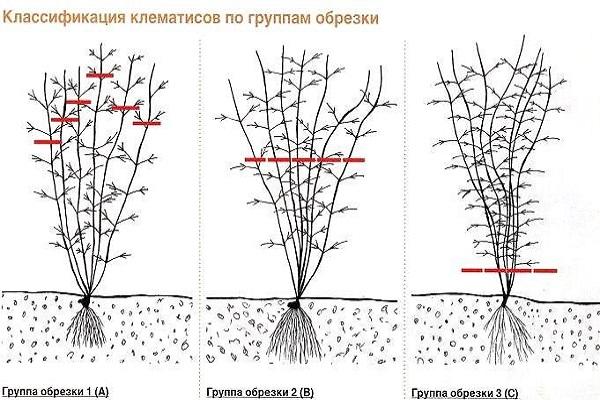
Top dressing
The scheme for Tangut clematis excludes top dressing in the first year after planting. This is due to the fact that during planting, the soil was fertilized with the maximum amount of nutrient organic matter. During the second and subsequent years of existence, fertilized according to the scheme:
- in early spring, nitrogen is added to build up greenery;
- in the summer they are fed with potassium-phosphorus complexes.
Feeding is possible as needed, when the leaves begin to turn yellow or dry for no apparent reason.
Warning! During the flowering period, organic fertilizers are not applied to the soil around clematis. They can harm the development of the root system.
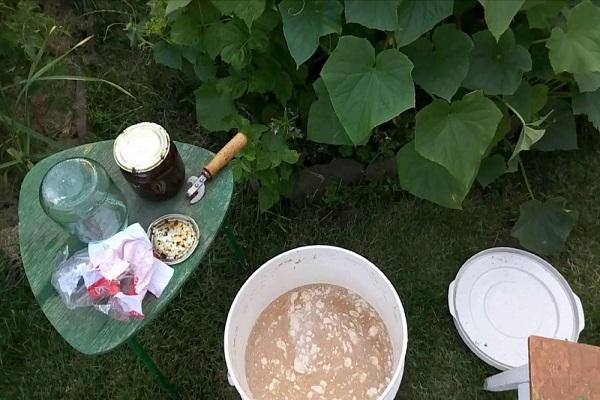
Diseases and pests
For clematis, fungal diseases are dangerous. They inhibit the formation of shoots and can affect the size of flowers.
Powdery mildew
The fungus attacks the roots, leads to decay and slows down the growth of clematis. A bloom of white appears on the stems and leaves; when ripe, droplets of moisture are formed, resembling morning dew.
The fungus can be prevented by constant soil tillage and by controlling the amount of watering. When a disease occurs, the stems are treated with soapy water, the soil is disinfected with manganese.
Gray rot
Weak plants are susceptible to the disease. The roots begin to rot, the stems and leaves become covered with a gray bloom, then rot.
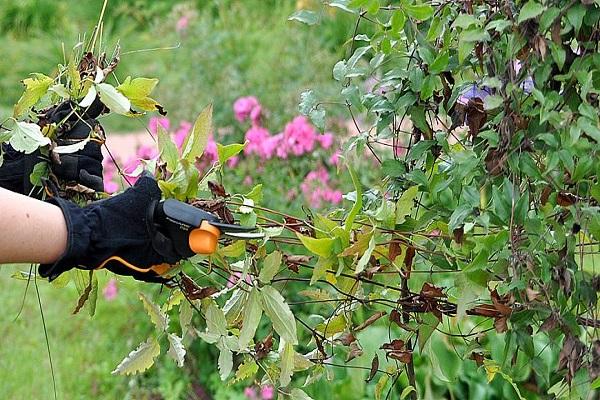
Rust
A dangerous disease that leads to yellowing and falling leaves, and then the death of the stem. Rust can be stopped at the first stage - treatment with special chemicals. In the later stages, the plant cannot be saved.
Aphid
Aphids eat clematis in early summer. They reproduce actively, leaving clutches of eggs. The processing of stems and leaves is carried out in stages: first, adults are destroyed, and then the larvae remaining after the first stage.
Gall nematode
These are roundworms that quickly spread throughout all vines. They destroy the main part of the stem, after which the clematis dies. The main control measures are considered preventive spring treatment and disinfection of the soil before planting.
Wilt
Verticillary wilting is slow, it is almost impossible to detect it at an early stage. If the leaves are damaged, the plant is completely destroyed to prevent spreading to neighboring bushes. After destruction, the soil is disinfected.
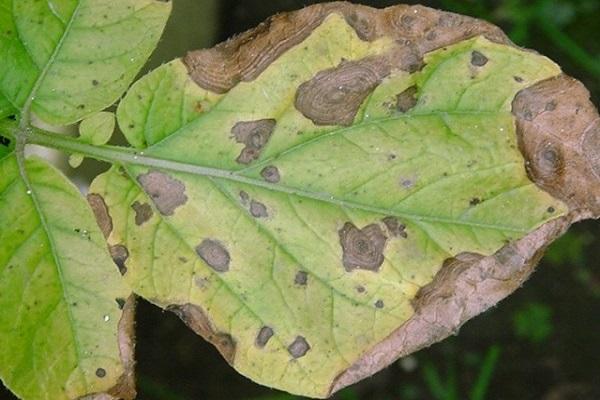
Loosening and mulching
Clematis are planted, leaving a narrow near-stem circle. It must be loosened after abundant watering, and growing weeds are removed. In addition, the trunk circle is often mulched with decorative colored chips. If necessary, leave a dense layer of needles, cut grass or sawdust.
Shelter for the winter
Before freezing, the plant is pruned. Young vines are covered with additional materials. Adult clematis do not need shelter.
Reproduction
Breeding clematis is possible in different ways. Self-propagation by layering or cuttings is considered the most common method.

Seeds
Seeds are sown under glass or polyethylene on prepared soil. The seeds germinate for about a week, then the glass is removed from the surface. Seedlings are grown up to a certain age.
Cuttings
Cuttings are cut from the mother plant in the fall. During the winter months, they are successfully rooted at home. In the spring, cuttings are planted according to the planned scheme.
Layers
With the layering method of propagation, it is important to choose the right shoot. A shoot with developed buds is added dropwise, in the fall, with successful rooting, it is separated from the mother liquor and planted as an independent plant.
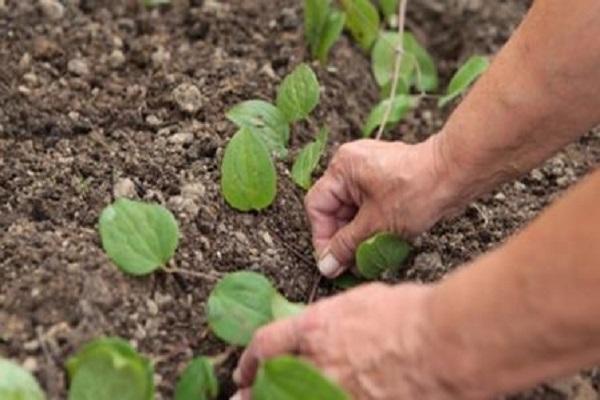
Use in landscape design
Tall varieties of clematis look great on tall wooden supports, they are used to decorate terraces and gazebos. Low varieties of clematis can grow along curbs, denoting or limiting space.
Popular varieties
Among the various varieties of clematis, there are unusual varieties. Depending on the features, they are used in areas or in park areas.
Anita
Tangut clematis of this variety grows up to 5 meters, while forming flowers of small diameter - up to 5 centimeters. The shade of the petals can be white or cream. In this case, the stamens remain yellow.
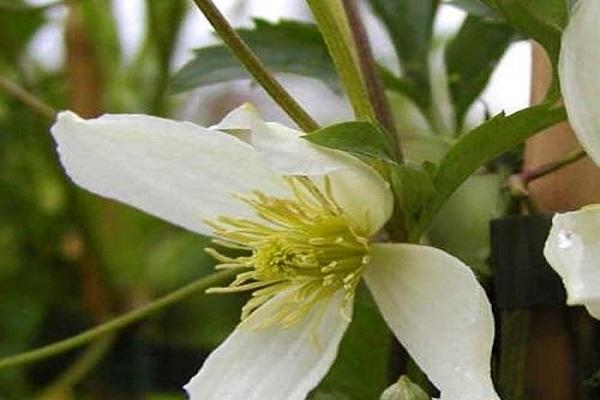
Bill McKenzie
The length of the shoots reaches 6 meters, the flowers are yellow, drooping. When blooming, they do not fully open.
Aureolin
Dutch clematis with vine shoots up to 3 meters long. The flowers are bright yellow, flowering is long: from the beginning of summer until the onset of frost.
Grace
Clematis is up to 3.5 meters high, the diameter of the flowers reaches 4 centimeters. The shade of the petals is beige, cream.
Lembton Park
One of the most popular shrub-type clematis varieties. Liana grows up to 4 meters, the diameter of the buds is up to 5 centimeters. The shade of the petals is yellow, at the peak of flowering it is bright yellow.
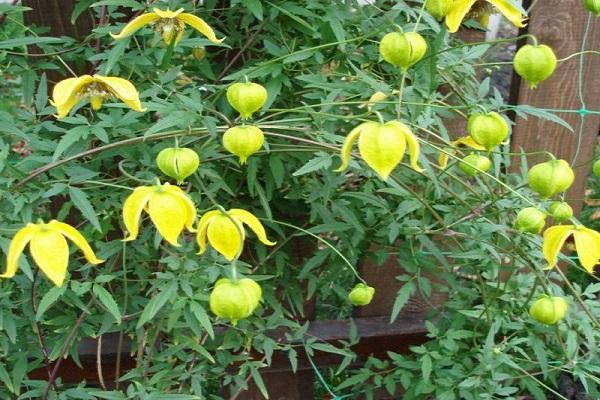
Love radar
A popular variety that is planted on balconies, along the walls of terraces, gazebos. The bush stretches up to 3 meters. The flowers are yellow, like drooping lanterns.
Golden tiara
Vines of a tall type, grow up to 6 meters. The flowers are large, growing up to 6 centimeters. At the first stage of flowering, the inflorescences look like drooping bells, but by the end of this stage they fully open.
Last Dance
Clematis of this variety are undersized. Shades of petals are dark yellow, almost orange.

